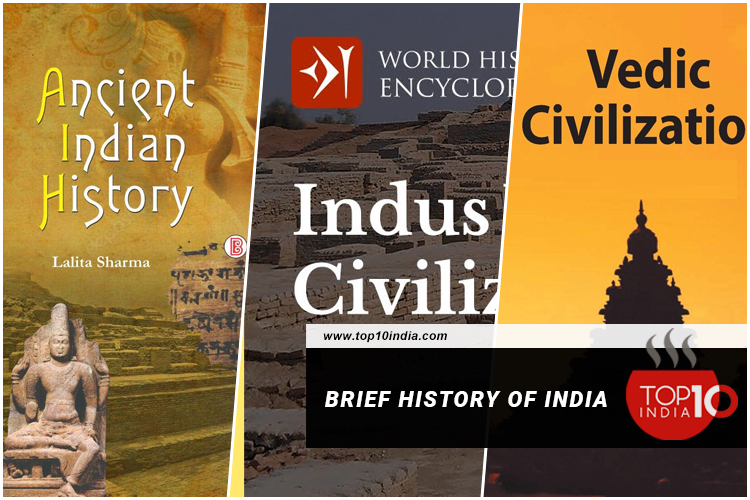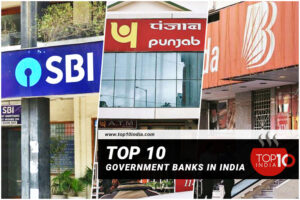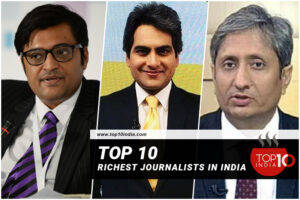Brief History of India: Ancient India History is part of the History of India that began with the arrival of Aryans and the Indus Valley Civilization. India is a land where ancient civilizations have left a long-lasting impression. The current condition of social, economic, and cultural configurations of India are the results of a long procedure of regional expansion. Indian history commenced when Aryans kept their foot on this land along with the birth of the Indus Valley Civilization. The pre-Vedic and Vedic ages are the names given while explaining these two phases.
Brief History of India
It was in the fifth century when people witnessed the unification of India that occurred under the rule of Ashoka. It happened in the eighth century that Islam knocked the doors to get into India for the first time and by the eleventh century they were able to establish themselves as a political force in India. In the 17 century, the Europeans stepped into India. The event of Europeans getting in India was accompanied with the even of the disintegration of the Mughal Empire. Well, the history is India is quite diversified but here we bring for you a brief history of India.
No 1. Ancient India History
It was with the coming of Aryans and with the Indus Valley Civilization the journey to weave Indian history started. Pre-Vedic and Vedic are the names used to describe these phases. The very first source of India’s past was the Rig Veda. Since the formation of this Veda happened years before making it quite difficult to give an accurate date to this work while considering the tradition and ambiguous astronomical information contained in the hymns.
- It was between 2800 BC and 1800 BC that Indus civilization was flourishing.
- The economic system was advanced and well maintained.
- The people of Indus valley did agriculture, animal husbandry and also used copper, bronze, and tin to make required tools and weapons.
- Middle East countries were their trading partners.
No 2. The Indus Valley Civilization
The event of the establishment of the Mesopotamian civilization and the Egyptian civilization coincided with the event spanning of Indus Valley civilization and modern-day Pakistan. The Indus Valley civilization flourished the most among the three civilizations during 2600 BC, this was the when time agriculture in India commenced flourishing. Due to the availability of fertile Indus valley, the Indians were able to carry out agricultural activities on large scale.
- In today’s date, Mohenjo Daro and Harappa were the two towns of Indus Valley that are well known. These two towns provided a glimpse into the richness of the Indus Valley civilization, things like household articles, war weapons, gold, and silver ornaments were found while digging the towns.
- The people of the Indus Valley civilization lived in very organized houses which were made of baked bricks.
- By around 1300 BC this era that was accompanied by developments and prosperity, civilization, came to an end. The reasons revealed are mainly natural calamities.
No 3. Vedic Civilization
After the Indus Valley, the Civilization that India witnessed was the Vedic civilization, which came to existence and flourished along the river Saraswati. This civilization was given a name after the Vedas, which described the early literature of the Hindus.
- The Ramayana and the Mahabharata were the two prominent epics of the Vedic Civilization period that still have a prominent significance by the followers of Hinduism.
No 4. Buddhist Era
It was during the time of the Mahajanapadas who were the sixteen great powers, between the period of 7th and the 6th centuries BC that the Buddhist era arrived. The Sakyas of Kapilavastu and the Licchavis of Vaishali were the most powerful people of this era.
- The founder of Buddhism who gave people way to spiritualism was Buddha, whose real name was Siddhartha Gautam.
- He was born in a village named Lumbini which was situated near Kapilavastu.
- In 480 BC he died after living for 80 years but his teachings remained alive in southern and eastern Asia and are alive across the world even today.
No 5. The Invasion of Alexander
It was in 326 BC that Alexander invaded India. He started it by crossing the Indus river and continued defeating the Indian rulers in the battles. Astonishingly Indians used elephants in the wars which Macedonians had never seen before.
- Alexander used to take all the land that belonged to the king who he defeated in the wars.
No 6. The Gupta Dynasty
Want to know the Golden Age of Indian history? Have a look at the Gupta Dynasty. Pataliputra was the gift that Chandragupta 1 received as a dowry when he married the daughter of the chief of the ‘Licchavis’. Pataliputra was the foundation that he laid for his empire, which commenced from the river Ganges or the Ganga and reached the city of Allahabad.
- He was known as the king of kings because of these unique and perfect strategies and for flourishing the country.
- He ruled for 15 years.
No 7. Harshavardhana
Harshavardhana became king when he was given the throne at Thanneshwar and Kannauj after his brother died was the last of the ancient kingdoms in India. After winning numerous battles he finally lost a war with Chalukya Kingdom of Deccan India.
- Harshavardhana was popular for maintaining relations with the Chinese, and also for having high religious liberality and powerful and well-established administrative capabilities.
No 8. Medieval Indian History
The medieval history of India is famous for acquiring a lot of its character from Islamic kingdoms. Enlarging across almost three generations, medieval India was inclusive of numerous kingdoms and dynasties which were The Chalukyas, The Pallavas, The Pandyas, The Rashtrakutas, and The Cholas.
- The Cholas extended their kingdom covering a large part of South India, which also included Sri Lanka and the Maldives. The rule of Cholas came to an end in the 14th Century AD because of the invasion of Kafur Malik.
- Then came the Mughals making the rise of Islamic rulers. The Mughal Empire was a flourishing empire as it was accompanied by riches and glory. Mughal emperors were Babar, Humayun, Akbar, Jehangir, Shah Jahan, and Aurangzeb who worked for setting up effective and efficient administration, providing infrastructure, and promoting the arts.
- Chola dynasty and the Mughals have left many monuments which still hold rustic charm.
No 9. Akbar, Shah Jahan and Chhatrapati Shivaji
- The full name of emperor Akbar is Jalaluddin Muhammad Akbar. He was the son of Mughal king Nasiruddin Humayun and he started his rule when he was only 13 years old.
- The fifth king of the Mughal empire was Shah Jahan who ruled from 1628 to 1658. His full name was Shahbuddin Mohammed Shah Jahan.
- Chatrapati Shivaji Maharaj was the emperor who found the Maratha Empire in the region of western India. He is considered to be one of the most powerful warriors of his time and even today, his tales are a source of inspiration for many.
No 10. Modern Indian History
It happened between the late 16th and the 17th Centuries, that the European trading companies in India contested with each other strongly but in the last quarter of the 18th century, Europeans were able to get dominance over Indians. Europeans started their invasion by the means of trade and later become the rulers of the country. They first showed interest in the resources of the country, what they did the next was ruining the unification of the country.
- The British rules Indians for like two centuries and ruined India’s economic, social and political life. They made Indians fight against each other.
- They always mistreated the labourers. After continuous exploitation Indians finally opened their eyes and started fighting for their rights which turned into various battles which were carried by the powerful freedom fighters.
FAQs
What is the brief history of India?
The brief history of India is the ancient, medieval and modern period.
Who came to India First?
Vasco De Gama came to India First.
Who wrote Indian History First?
James Mill wrote Indian History first.
When was India Founded?
India was founded on 15th August 1947.

























Be First to Comment